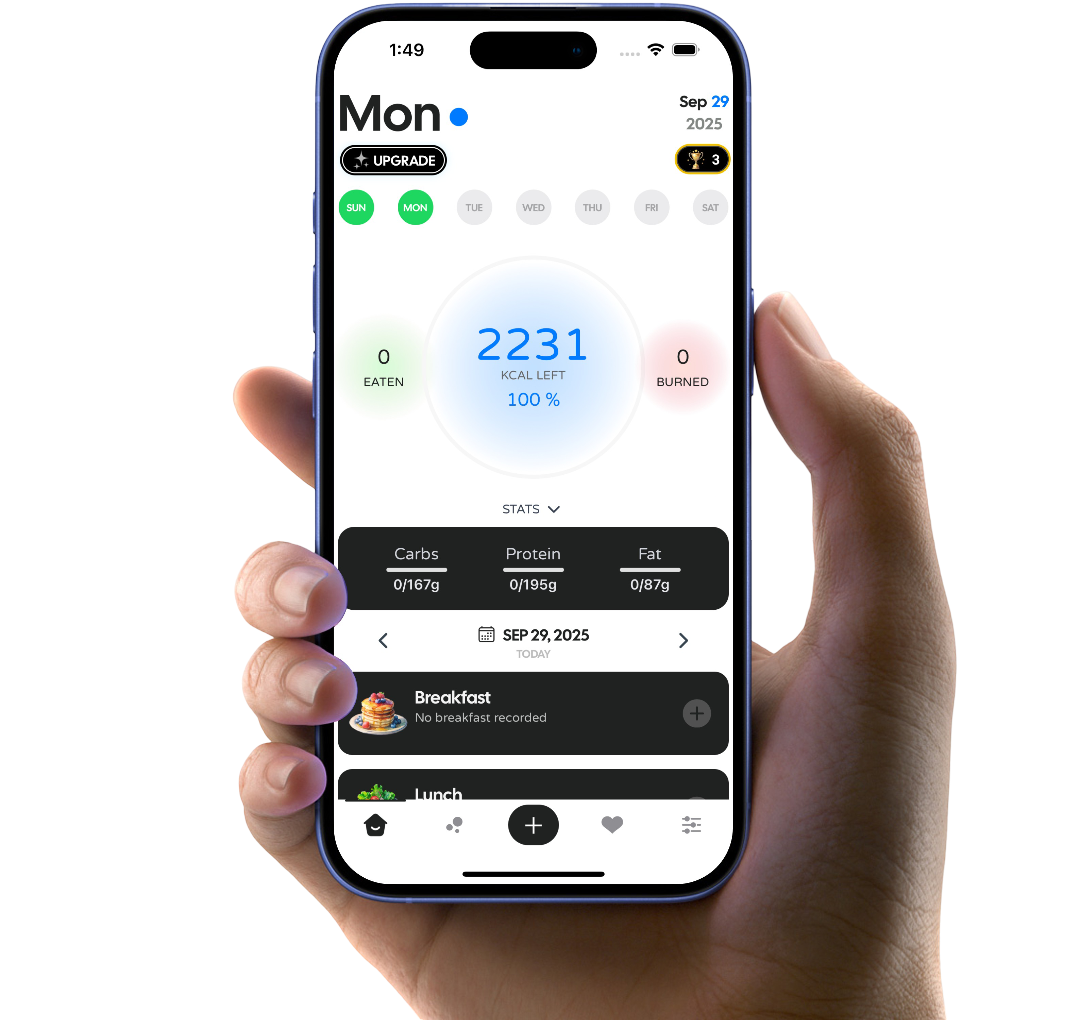Introduction
Maintaining appropriate body fat levels is one of the medical fitness requirements for joining and serving in the U.S. Army. The Department of Defense periodically updates its body fat standards to ensure force readiness.
A study conducted in 2021 revealed a correlation between body fat percentage and Army Combat Fitness Test (ACFT) scores, showing that soldiers with higher body fat percentages generally performed worse on the ACFT.
Directive Changes
On June 12, 2023, changes to the Army Body Fat Assessment were implemented as part of the Army Body Composition Program to improve physical readiness. These standards apply to the Regular Army, the Army National Guard/Army National Guard of the United States, and the U.S. Army Reserve. Soldiers scoring 540 or higher on the record ACFT, with at least 80 points in each event, are exempt from the body-fat assessment.
Maximum Allowable Percent Body Fat Standards
| Age | Male | Female |
| 17-20 | 20% | 30% |
| 21-27 | 22% | 32% |
| 28-39 | 24% | 34% |
| 40 and over | 26% | 36% |
Body Fat Calculation
The Army Body Fat Assessment uses a one-site circumference-based tape method to calculate body fat. Measurements include abdominal circumference at the belly button level and body weight. Abdominal measurements should be averaged over three attempts and rounded to the nearest 0.5 inch, while body weight is rounded to the nearest pound.
Supplemental Body Fat Assessments
Soldiers failing the tape method may request supplemental assessments if resources are available. These include:
- Dual X-ray Absorptiometry (DXA)
- InBody 770 Body Composition and Body Water Analyzer
- The Bod Pod Body Composition Tracking System
Soldiers who fail to meet these standards will be flagged and enrolled in the Army Body Composition Program (ABCP).






